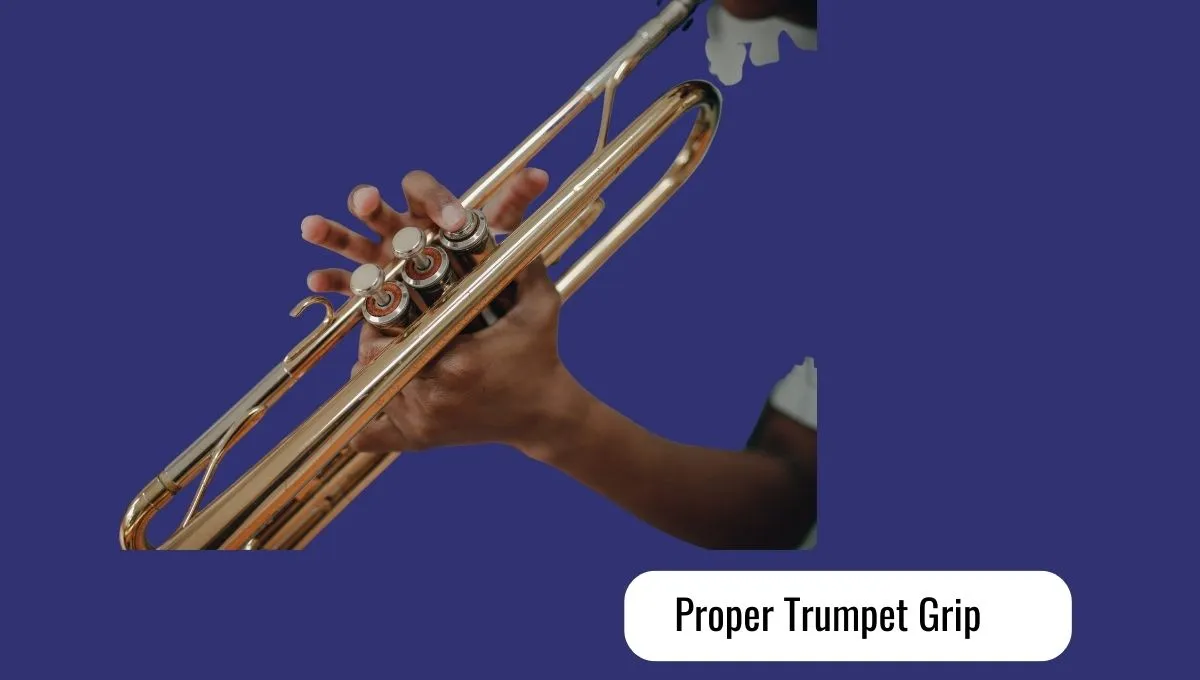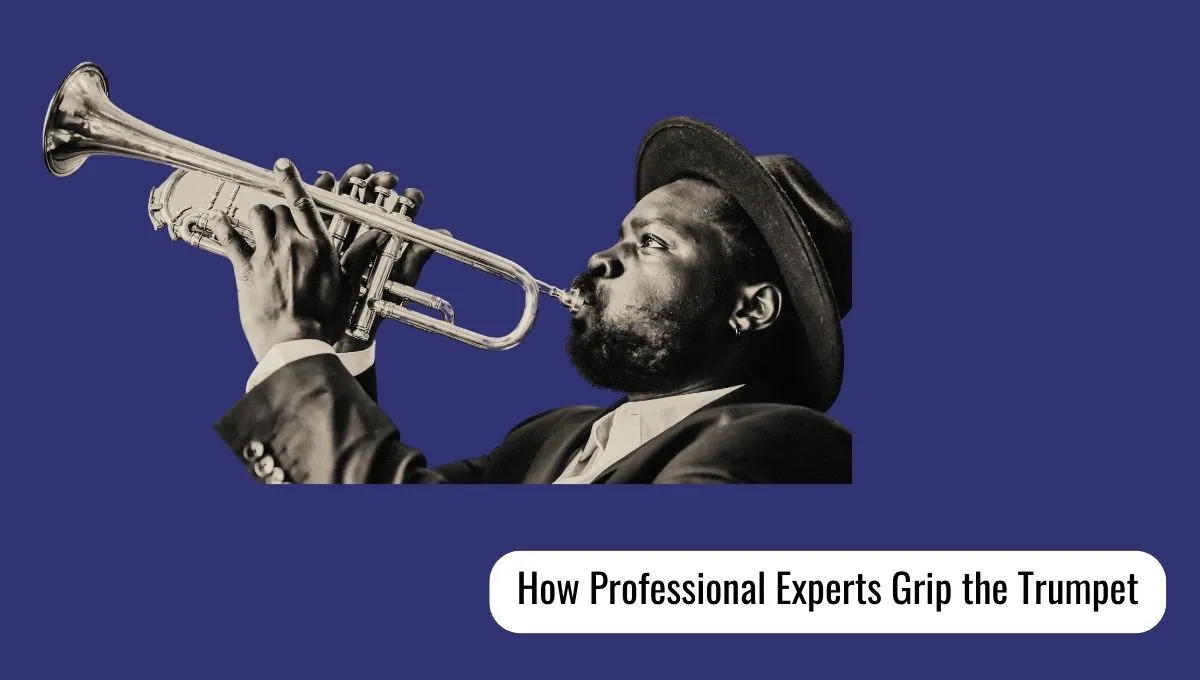To grip the trumpet professionally, musicians place their fingers on the valves and firmly wrap their lips around the mouthpiece. Playing the trumpet demands a mastery of the instrument with which players need to understand its mechanics and nuances.
Professionals grip the trumpet by placing their hands on the valves while positioning their middle, ring fingers, and pinkie on the valve levers. Their thumbs support the trumpet’s weight and allow them to maneuver the instrument with ease, while their fingers remain light and nimble on the valve.
Additionally, musicians create a seal with their lips and place the mouthpiece in the center of their lips, with a 45-degree angle to strike critical notes accurately. The process seems simple, but it takes years of practice and dedication to achieve precision and accuracy in playing the trumpet. In this article, we delve deeper into the ins-and-outs of how professionals grip the trumpet.
The Importance Of Proper Trumpet Grip For Expert Players

For expert trumpet players, having a proper grip on the instrument is crucial. The grip plays a significant role in producing the right tones and sounds. A proper grip ensures that the player has maximum control over the trumpet, leading to better performances.
Some of the benefits of using the correct grip are achieving clearer and more precise notes, reducing fatigue, and preventing injuries. However, players often make common mistakes in gripping the instrument, such as holding it too tightly or too loosely. Such mistakes can affect their playing and cause unnecessary discomfort.
Therefore, proper training and guidance are essential to develop a good grip and avoid these mistakes. Skilled professionals know the significance of a proper grip and take the necessary measures to maintain it.
Elements Of A Proper Trumpet Grip For Expert Players
A proper grip is essential for expert trumpet players. Hand placement must be secure but natural. Finger placement should be comfortable and agile for quick movements. Thumb placement is important to maintain control and pressure. Leveraging the weight of the trumpet is crucial to playing with accuracy and ease.
Trusting in a correct grip allows professionals to focus on producing beautiful music.
Practical Techniques For Mastering Trumpet Grip

Developing muscle memory is crucial for mastering trumpet grip. Consistent practice is also essential to ensure progress. Exercises that improve grip strength can be very effective. Practicing in different positions helps in developing a well-rounded grip. As you practice and experiment with different techniques, you may discover your own comfortable grip.
Don’t be afraid to modify techniques to suit your needs. Remember, your grip should always be smooth and relaxed. Happy practicing!
Implementing Experts’ Tricks In Trumpet Grip
Mastering the art of trumpet playing requires more than just blowing air into the mouthpiece. As any seasoned trumpeter will tell you, proper grip and finger movement are critical components of a successful performance. With advanced techniques developed through years of practice, professional players are able to adapt to various playing environments with ease and confidence.
However, it’s not just physical preparation that sets the experts apart. Mental preparation is also essential in achieving a strong and consistent grip, ensuring that each note is played with precision and power. By implementing these tricks, trumpet players of all levels can improve their grip and take their performances to the next level.
Frequently Asked Questions On How Professionals Grip The Trumpet
How Do Professionals Grip The Trumpet?
Professional trumpet players grip the trumpet with their left hand to support the instrument and facilitate note changes. The fingers should rest on the valves so they can be easily pressed.
How Tight Should You Grip The Trumpet?
Avoid gripping the trumpet too tightly as this can impede airflow. Instead, hold the trumpet lightly with your left hand to support it and keep your right hand relaxed on the valves.
What Are Some Common Trumpet Grip Mistakes?
Common mistakes when gripping the trumpet include gripping too tightly, placing the left hand too low, and gripping the valves too tightly with the right hand. Make sure to position your hands properly and grip lightly.
Why Is Proper Trumpet Grip Important?
Proper trumpet grip is important for producing a clear, resonant sound. It allows for greater control over notes and helps players avoid injury and stress on their hands and arms.
How Can I Improve My Trumpet Grip?
To improve your trumpet grip, make sure you are holding the instrument correctly with your left hand, and that your right hand is relaxed on the valves. Practice playing with a light grip and pay attention to any tension or discomfort in your hands or arms.
Conclusion
To sum up, properly gripping the trumpet is crucial for ensuring good sound production and avoiding fatigue or injury. Professional trumpet players have developed a grip that allows for maximum control and flexibility, while also minimizing tension and strain in the hands and arms.
Tips such as supporting the weight of the instrument with the left hand and using a relaxed but firm grip can help players prevent common issues like excessive pressure on the lips or difficulty hitting certain notes. Additionally, practicing regularly and being mindful of body posture and positioning can further improve a player’s grip and overall performance.
By following these tips and continually striving to improve their technique, aspiring trumpet players can play with greater ease, precision, and musical expression.

Welcome to my blog! My name is Marjona Ferdows and I am a passionate trumpet lover. I have been playing the trumpet since I was a child, and it has always been one of my greatest joys in life. My blog is a place where I want to share my passion for the instrument with all of you. Here you will find articles about using the trumpet, tips and techniques, reviews on different models, and more.

